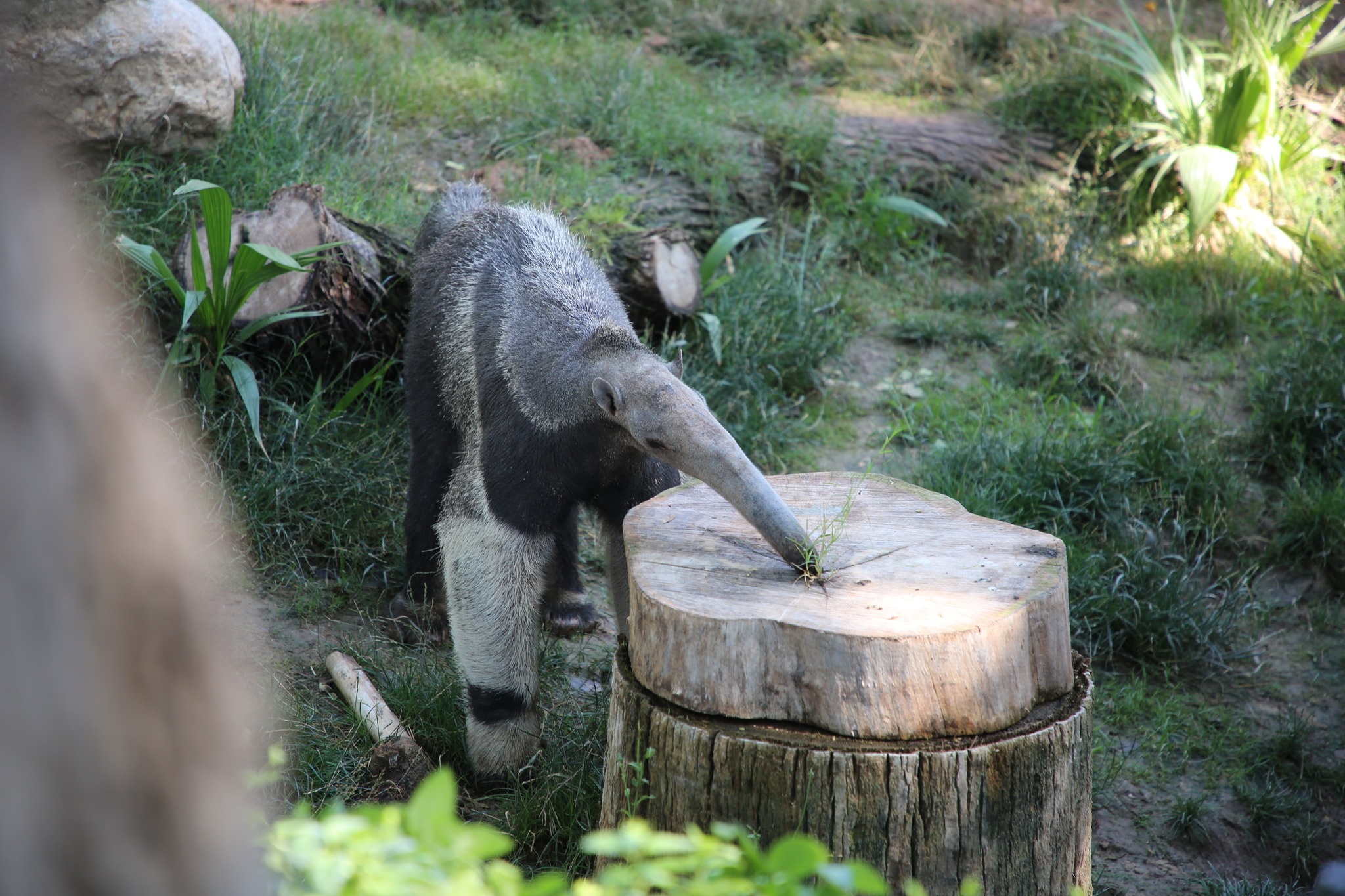- Overview of the Anteater’s Acute Sense of Smell
- Behavioral Patterns in Habitat and Foraging
- The Anatomy that Supports Their Sensory Skills
- Insights from Case Studies in Zoo Management
- Conservation Efforts and Their Significance
Giant anteaters, such as Nico, are fascinating creatures primarily due to their exceptional sense of smell. This sensory ability allows them to effectively locate and consume their primary diet of ants and termites. Let’s examine how they employ this skill, supported by their anatomy and behavior in both wild and controlled environments, and the broader implications for conservation efforts.
Overview of the Anteater’s Acute Sense of Smell
Anteaters possess a highly developed olfactory system, which is key to their survival. Their sense of smell is 40 times more powerful than that of humans, enabling them to detect the presence of ants and termites from a considerable distance. This heightened olfactory capability compensates for their relatively poor eyesight and hearing.
The olfactory lobes in the anteater’s brain are significantly large, indicating the importance of this sense. Such biological adaptations have evolved to support the anteater’s insectivorous diet, critical for finding hidden insect colonies within logs and underground.
Behavioral Patterns in Habitat and Foraging
In their natural habitats across South and Central America, giant anteaters exhibit distinct foraging behaviors that reflect their reliance on their sense of smell. These animals are primarily solitary and spend a significant portion of their day foraging for food. They use their keen sense of smell to locate ant and termite colonies, which they then access using their sharp claws and elongated snouts.
Anteaters engage in methodical foraging routines, meticulously inspecting their environment. Nico, a giant anteater observed at a zoo, demonstrates this behavior by carefully inspecting tree stumps and other potential insect hideouts. Once a food source is detected, anteaters use their specialized tongues, which can extend up to two feet and are coated in sticky saliva, to efficiently capture insects.
The Anatomy that Supports Their Sensory Skills
The anatomy of the giant anteater is perfectly adapted to enhance these sensory skills. The elongated snout houses a complex nasal cavity equipped with numerous receptors. This design maximizes their olfactory detection capabilities. Inside the anteater’s snout, the Jacobson’s organ further supports their discerning sense of smell, allowing them to detect pheromones and other chemical signals.
Additionally, their zygomatic bones are sturdy to support their extended skull structure, and their forelimbs are powerful for breaking into insect colonies. The tongue’s rapid flicking motion, combined with its adhesive properties, ensures that they can consume up to 30,000 insects in a day.
Insights from Case Studies in Zoo Management
Zoo management provides valuable insights into the behaviors and care of giant anteaters. For instance, Nico, a giant anteater at a renowned zoo, is often observed meticulously using his olfactory skills to inspect his enclosure for hidden insect treats. Zookeepers arrange foraging challenges to stimulate his natural behaviors, ensuring overall well-being.
The data gleaned from such controlled environments enhances understanding of their dietary needs, social behaviors, and health. It also helps refine the care provided to other anteaters in captivity, contributing to higher standards in zoo management globally. Engaging with the public through educational programs further highlights the unique aspects of their biology and conservation status.
Conservation Efforts and Their Significance
Giant anteaters are classified as Vulnerable by the International Union for Conservation of Nature (IUCN). Habitat loss, poaching, and road mortality pose significant threats to their populations. Conservation efforts are critical in mitigating these risks.
Protecting natural habitats and creating wildlife corridors are strategic approaches to preserve their populations in the wild. Rehabilitation and release programs help restore individuals to their natural environments. Furthermore, public awareness campaigns and legal protections play an essential role in conservation.
Organizations also work on breeding programs within zoos to maintain genetic diversity and prepare individuals for potential reintroduction into the wild. These concerted efforts are pivotal in ensuring the survival of this unique species, supporting ecological balance and biodiversity.
In conclusion, the sense of smell is indispensable for the survival and daily functioning of giant anteaters. From their highly specialized anatomy to their behavioral patterns, everything about these creatures underscores the importance of olfactory capabilities. The insights gained from studying them in both natural and controlled environments not only enhance our understanding but also bolster efforts to conserve these intriguing animals for future generations.
*****
Source Description
Anteaters navigate the world using their acute sense of smell. Giant anteater Nico was inspecting this stump for any insects he could lick up. 🍴🐜


